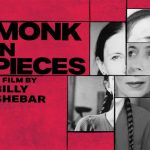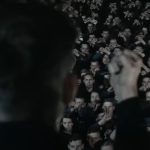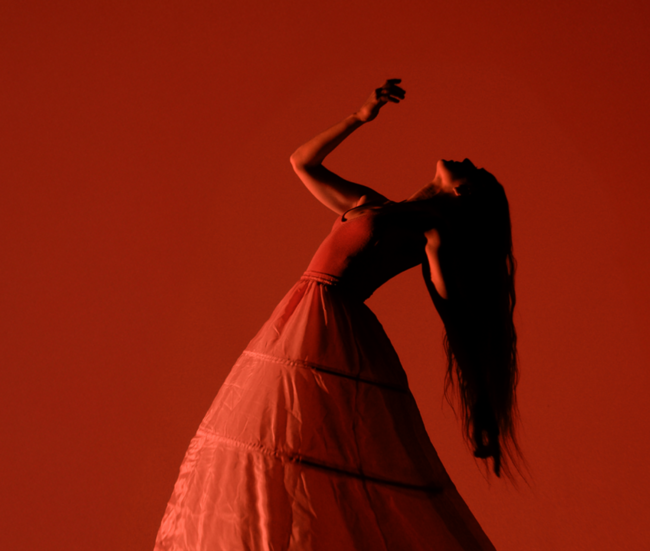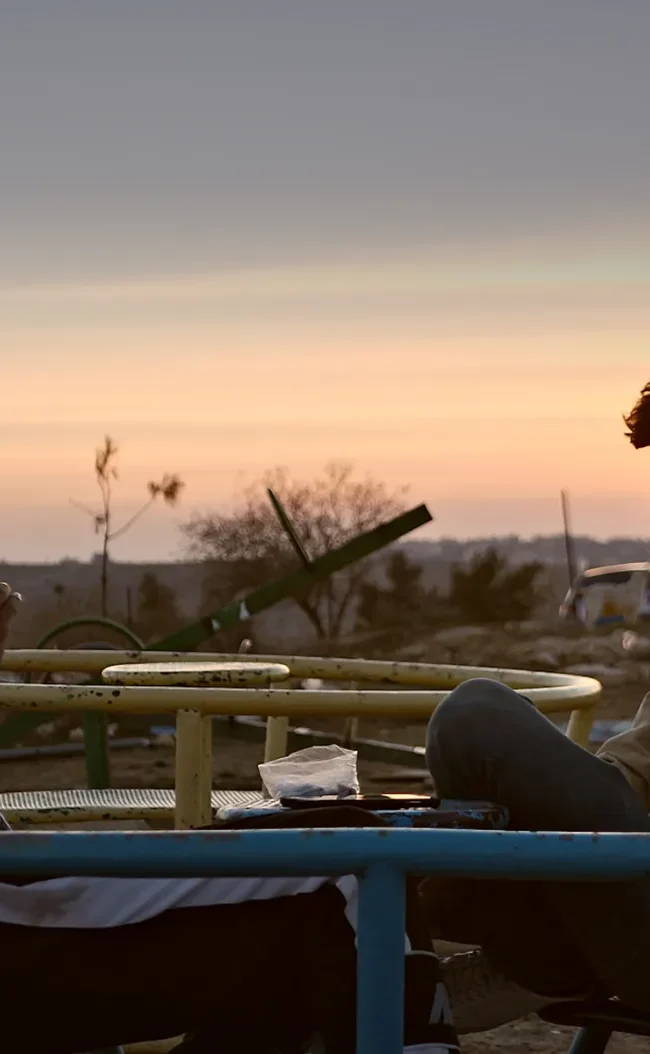MONK IN PIECES
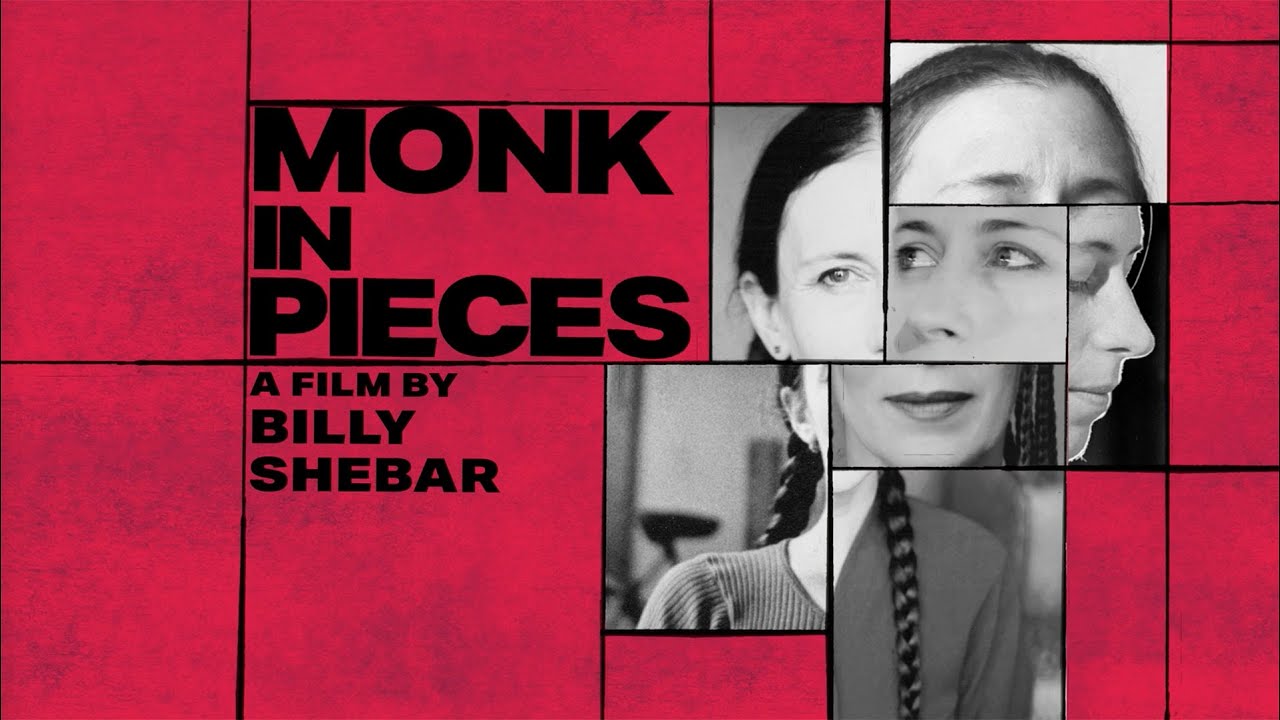
(Check out Brandon Wilson’s Monk in Pieces movie review, it opened July 25 at NYC’s IFC Center before a nation wide roll-out. Seen it? Join the conversation with HtN on our Letterboxd Page.)
An artist like Meredith Monk is both a seductive lure for a documentarian and also a tremendous challenge. On the one hand you are presenting an artist with decades of monumental work behind her that the general public, even the sector of the public that considers itself cultured, may not be familiar with. But once the cameras begin rolling, the big problem presents itself: how does one present such a radical and sui generis artist? How much can and should the documentary reflect the avant-garde nature of the subject?
Monk in Pieces, the title of director Billy Shebar’s biographical documentary seems to acknowledge that trying to capture Monk in her totality might be impossible. So instead he breaks the doc into 20 short chapters that cover Monk’s major works, artistic process, and her personal life. We start with an account of “Juice,” Monk’s breakthrough work involving over 70 vocalists in the Guggenheim Museum. And then Shebar has a chorus of interviewees (including David Byrne, Merce Cunningham, Julia Wolfe, Philip Glass) weighing in on Monk’s work and her origins.
We are taken back to No Wave era New York City, when economic freefall and mass exodus opened up Lower Manhattan for broke but energetic young artists who were able to live and create amongst industrial ruins. Out of this crucible, Monk was formed. Using her voice as a musical instrument, she began creating “happenings,” theatrical exhibitions combining dance, music, theater, at times creating an avant-garde form of opera. Monk’s work has the uncanny ability to feel at once ancient and also futuristic, both otherworldly and profoundly human.
Eventually we are taken further back into her biography where we learn of her Russian Jewish family’s immigration journey, her mother’s career as a singer, and the role disability played in Monk literally finding her voice. Shebar’s inability to completely replicate the immersive experience of Monk’s performances is a built-in disadvantage of the film, but Shebar rises to the challenge by carefully selecting moments from these performances to complement the reflections of Monk and her collaborators.
Shebar does not try to match Monk formal audacity throughout, but again chooses to emulate her craft at key moments, most notably a Zoom with a dozen academics where their insights into Monk’s craft are made to overlap creating an artful soundscape that is both a cacophony and reflects Monk’s tactile sense of the human voice. The film is, with one or two exceptions, largely chronological so we don’t see her receive her National Medal of Arts from President Obama until later in the film. The contrast that creates with her earlier savage treatment at the hands of male critics is pretty delicious. It caused me to reflect on my own reaction to provocative young women in the arts. Monk relates this to her mother’s singing career, which fell into her lap and ultimately deserted her just as quickly. Monk’s thesis about the necessity of pain for both improvement as an artist and as a human is cogent and gives a lot of insight into who she is and why she creates.
“Artists are the antennae of society,” Monk proclaims in the 17th chapter of the film. And while this may not be the first time anyone has expressed this idea, Shebar makes the case that Monk herself is a living embodiment of this sentiment.
– Brandon D. Wilson (@GeniusBastard)
Billy Shebar; Monk in Pieces movie review

